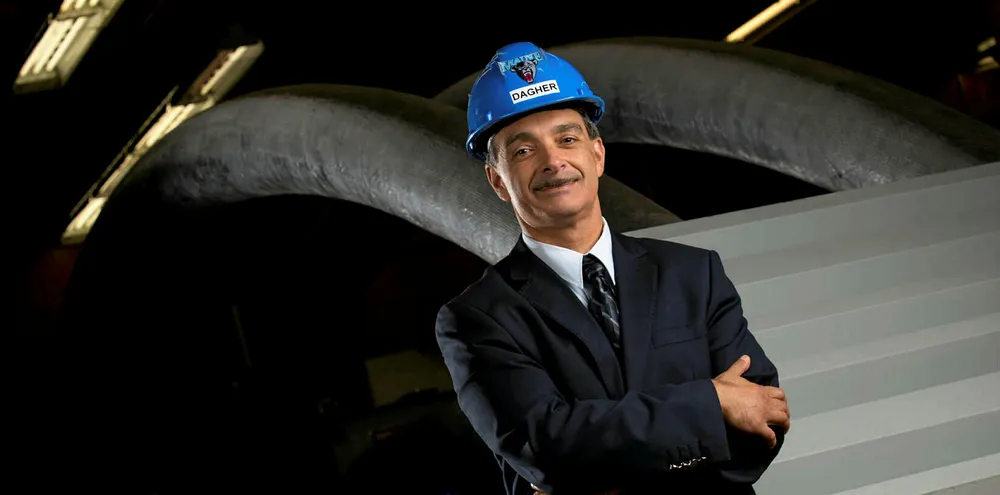UMaine lands $1.4m to hatch 'rocket-fuelled' floating wind design
Ultra-lightweight concrete design using NASA technology will be 'radical departure' from current concepts

Ultra-lightweight concrete design using NASA technology will be 'radical departure' from current concepts
